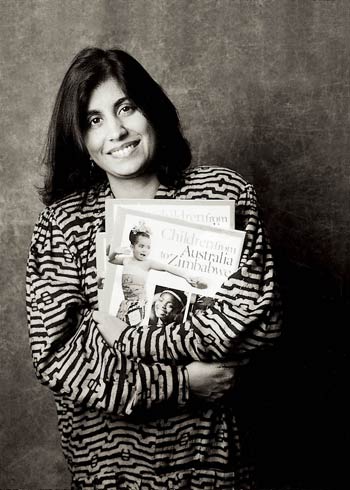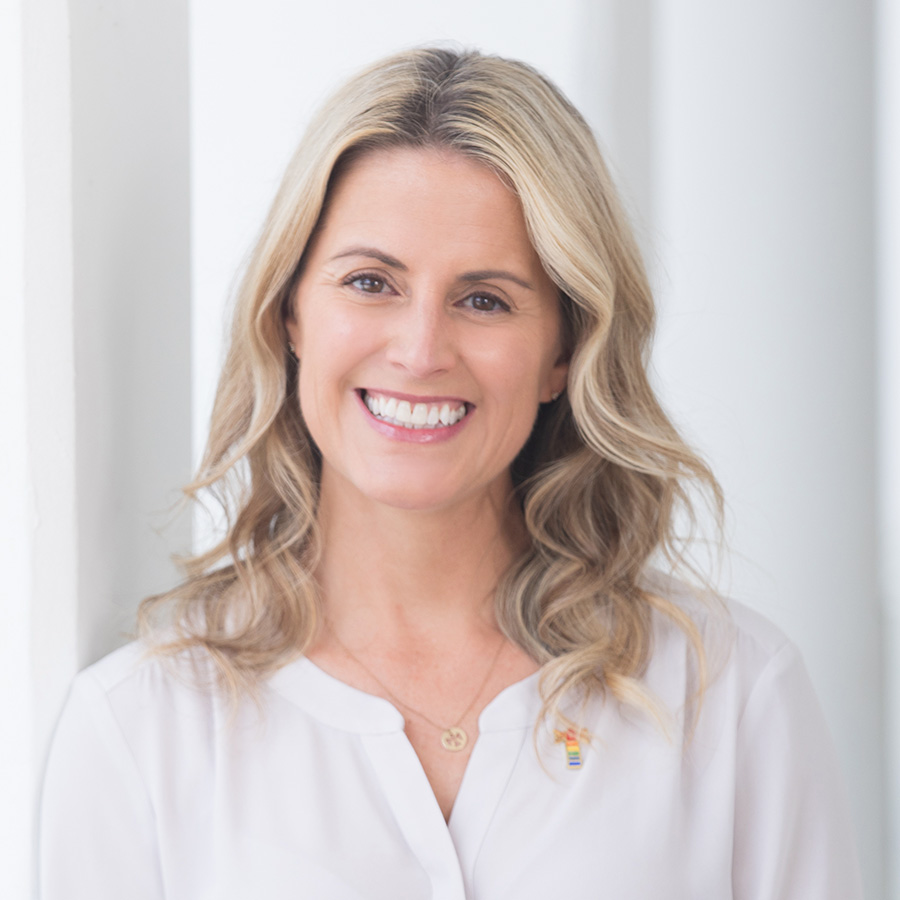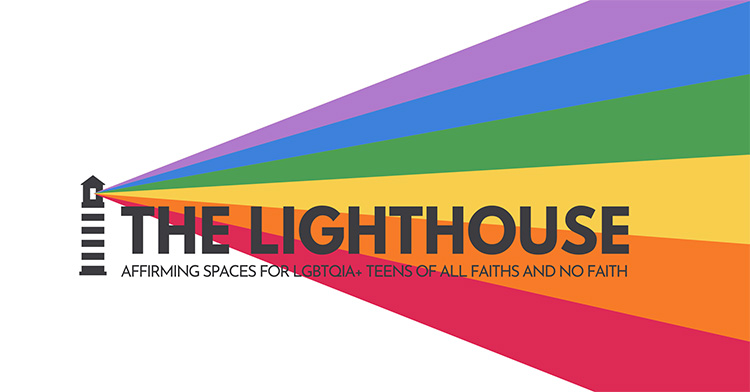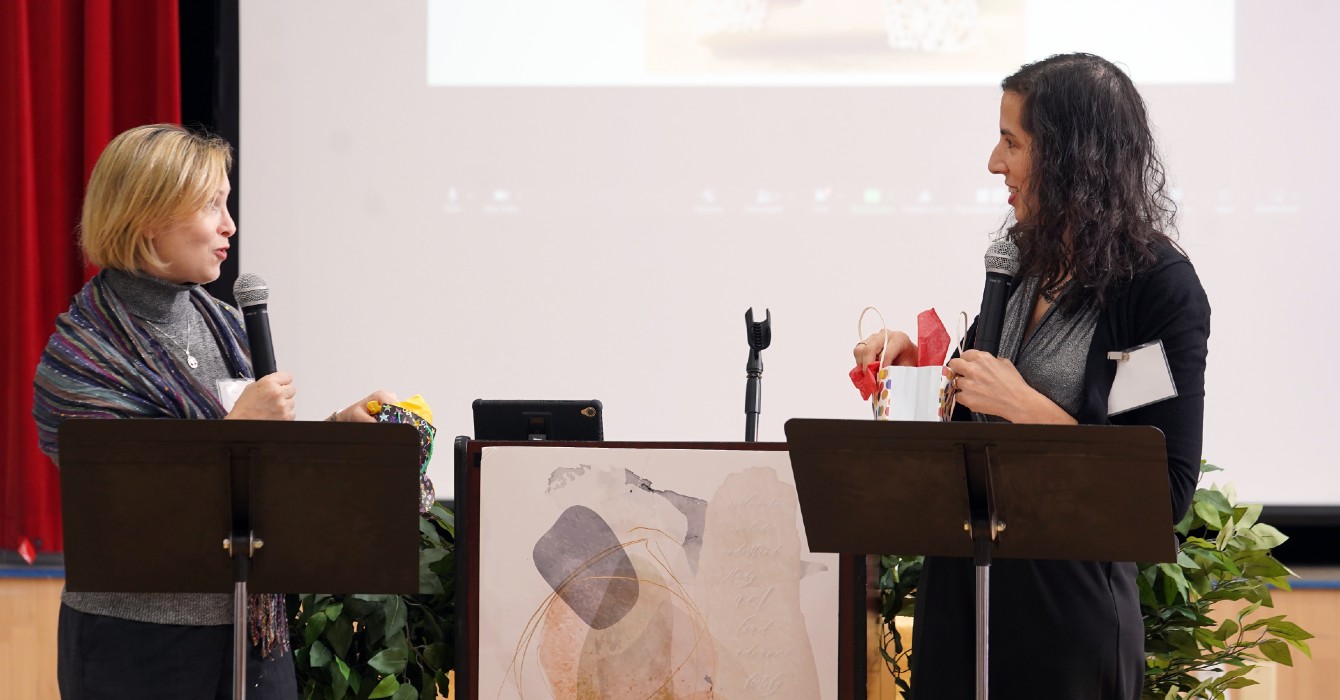Maya Ajmera founded the Global Fund for Children in 1993 with the “hallucinogenic optimism” and youthful naiveté that she could create an organization that would help children -- including street children, trafficked children, refugees and AIDS orphans -- by giving grants to grass-roots organizations that serve them.
Today, the organization that began when she saw a teacher instructing children on a train platform in India has invested over $31 million in more than 600 organizations in 79 countries, serving more than 9 million children. Its publishing arm has produced more than 30 children’s books and sold more than 2.5 million copies.
Ajmera, who stepped down as president of the organization in 2011, is also the co-author of many of the books, including “Children from Australia to Zimbabwe” and “Faith.”
She has a master’s degree in public policy from the Sanford School of Public Policy at Duke University and is currently a visiting scholar at the Paul H. Nitze School of Advanced International Studies at Johns Hopkins University, as well as Duke’s first social entrepreneur-in-residence and visiting professor of public policy at the Sanford School of Public Policy at Duke.
Ajmera spoke with Faith & Leadership about the process of founding and growing an international organization. The following is an edited transcript.
Q: What’s your background?
I grew up in Eastern North Carolina, the daughter of Indian immigrants. My father came to this country in 1960 to get his Ph.D. in electrical engineering. My mother followed soon after, and -- the daughter of a physicist and an entrepreneur, my mother being the entrepreneur -- it was a very interesting place to grow up in, Eastern North Carolina in the early 1970s.
We stood out. It was a white population and an African-American population, and there were a few people who were Asian or other ethnicities brought by East Carolina University.
Every other summer we’d go back to India and visit extended family, so I had this global citizenry type of upbringing.
Eastern North Carolina with that juxtaposition to India was fascinating to me. On one hand, in India, I was dealing with family members that were pretty affluent, but all around you there was abject poverty. In Eastern North Carolina, we were dealing with race.
Q: Is your faith background part of the work that you do?
My parents are Jains, a religion that influenced Gandhi and Martin Luther King with the practice of nonviolence. Jains have a very strong discipline of how they live their lives -- lives of simplicity.
[But] I did not grow up in a religious household. My father said once to me, “If we taught you the importance of community, we gave you religion.” That’s the way I look at it.
In this work, quite honestly, there has to be something else -- a calling or something that’s driving this. I do believe I do have that calling. It’s very personal, but I do.
Q: How did you come to found the Global Fund for Children?
I was the typical Asian kid. I was going to go become a doctor. I went to the North Carolina School of Science and Mathematics and then went on to Bryn Mawr College, majored in neuroscience. I got a Rotary fellowship that allowed me to travel to Southeast Asia.
I had wonderful professors who said to me, “Maya, if you really want to understand people and their aspirations, get a backpack and start traveling for a year. Write us four papers and you’ll get your degree, but the world is your laboratory. It’s your education.”
So I did that. It was in India where I say I had my “moment of obligation.”
I started seeing homegrown innovations in people’s own backyards -- people making change, making their lives and communities better with very little resources.
There was one particular place in India called Bhubaneswar, a city in the eastern part of India. I was on a train platform. If you’ve ever been to India, the train platforms are very chaotic places. But on this train platform I saw 50 kids sitting in a circle, learning how to read and write.
There was a teacher in the middle with such energy and passion teaching these kids letters with flashcards. I didn’t know Oriya, the local language, but I knew Hindi, and there was someone standing next to me who was able to translate.
This teacher told me that these children live on and around the train platform. A teacher in that city was walking every day by the train platform watching these kids -- poor, illiterate, no hope -- and said, “Instead of getting these kids to school, I’m going to bring the school to the train platform.”
I asked the teacher, “What does it cost to run one of these schools?” And in rupees converted to dollars, it was $400 a year for two teachers and a hot meal every day for 50 kids.
It was there that I had my moment of obligation. In my 22-year-old mind, it was very simple: How do I help? And why don’t I see more train platform schools?
If I think about it in more sophisticated language, it’s more, How do you get small amounts of capital into the hands of really innovative grass-roots entrepreneurs and help them become scalable and sustainable?
Then I decided I was not going to go to med school. Instead, I went to the public policy program at Duke and I started studying economics, international development, education. My mentor at that point, Dr. William Ascher, said to me, “What do you really want to do, Maya? Do you really want to go to medical school or research? What is it?”
I said, “What I really want to do is start the Global Fund for Children.” And he said, “OK, tell me about it.”
I told him that I wanted to start an organization that would put small amounts of capital into really innovative organizations serving the most vulnerable children and youth in the world, and in addition, I wanted to start a children’s book publishing venture that would teach children in this country about the global village that we live in.
So I wrote a four-page proposal and I went to a group called Echoing Green. I think they liked my hallucinogenic optimism, and they gave me $100,000 in seed capital. And it changed my life.
Echoing Green gave me the money to start the children’s book publishing venture. For two years, that’s what I concentrated on.
Q: Why children’s books?
I was naive. I thought I would create these children’s books and I would make millions of dollars, and those dollars would be funneled back into programs. My first book was “Children from Australia to Zimbabwe.”
I was turned down by every publisher in New York. So I got this book called “How Do You Self-Publish,”and I got my own editor. I was able to convince funders in North Carolina to give me a small amount of money; in return for publishing the book, I would donate three copies to every public school in North Carolina.
I wanted to create something quite interesting -- a partnership with a publisher where we would create an imprint. So I found a publisher called Charlesbridge. It’s a very interesting story about luck and timing.
“A to Z” had just been released statewide, and it needed to be released nationally or it was going to be dead. I called the publisher and this man answered the phone, and I said, “Hi, my name is Maya Ajmera. I have this really great children’s book, ‘Children from Australia to Zimbabwe.’ Do you think you may be interested in distributing it?”
I did my sales pitch, and the guy on the other end said, “That sounds very interesting, Maya. Would you FedEx it to me?” I said, “Sure. Are you the attendant or something?”
He says, “No, I’m the president and publisher.” I said, “What are you doing picking up your own phone?”
He started laughing, and he says, “Well, Maya, it’s Presidents’ Day. It’s 4:30, and I thought you were my wife.”
Lo and behold, he called me back two days later and he gave Global Fund for Children the opportunity to do two books a year. They would pick up all the risk capital of printing and publishing. We would be the creative developers, and we would get higher-than-usual royalties. It was a great deal, and it was a branding mechanism for us.
What happened from there is I realized very quickly that I wasn’t going to make millions of dollars off children’s books.
I really thought about shutting the whole organization down. Then one of the venture capitalists from Echoing Green who had interviewed me said, “Maya, these books are very powerful for a number of reasons. One is that they’re educational. Two, you’ve created a very interesting sort of enterprise with a for-profit publisher to use market distribution in creative ways. Third, it’s a great branding tool. This brands Global Fund for Children out in places you’ll never get to. And fourth, it’s a great fundraising tool.”
I got fan letters all the time. And once I got this fan letter that came on pink stationary, and it said, “Dear Maya Ajmera, My name is Mary Hewlett. I really like your children’s books, and these are the reasons why.”
I put it in my fan-letter mail and didn’t think about it. Two months later, I get a letter saying, “Dear Ms. Ajmera, on the recommendation of Miss Mary Hewlett, she’d like to consider giving you a gift of $50,000.”
I took out the pink letter and I called this foundation, and the man I spoke with said, “Yes, Maya, we’ve been following your work.”
I said, “Who are you?”
“Have you ever heard of Hewlett-Packard?” I said, “Yeah, my printer is a Hewlett-Packard,” and I started laughing.
I said, “How old is Mary?” He said, “She’s 10 years old. This is her very first family foundation gift. Mary is the youngest granddaughter of Bill Hewlett.”
Q: Aside from these instances of luck, what were the keys to growing the organization while keeping the original vision for GFC?
People ask me this question all the time -- In this in-between stage, how did you do it? I worked really, really hard, and I poured in a lot of sweat equity.
Our scale proposition was moving out and reaching as many community-based organizations throughout the world as we could.
Look, I think it was luck. I also think it was a real strategy. Once we started making those grants, they built on each other, and we were able to find the right supporters. We also had a very good board that was really, really smart and able to provide guidance.
Our books became very stable. We never did more than two books a year. It just kept chugging along beautifully.
The scale part happened with the investing process. Once people found out about that, then we had folks like the Gates Foundation and others that took part.
Q: And what did you provide? Presumably, the Gates Foundation could have written a check to the station platform teacher as well.
One, we were building one of the largest networks of grass-roots organizations in the world. Two, we were helping to build capacity of these groups to help them become scalable and sustainable.
Three, small amounts of money -- between $5,000 and $20,000 -- is not efficient for Gates and large foundations. They work in the millions.
We have a niche. We reach some of the most innovative groups reaching the most vulnerable children in the world.
We are talking about half a billion children in the world who are invisible. They are not reached by government. They are in and out of school. They’re on the street. They are child laborers. They are trafficked. They are living in extreme poverty. They do not have family members usually, or they’re taking care of their brothers or sisters.
It’s a huge number, and who is going to take care of these kids? It’s community-based organizations. It’s the churches or houses of worship. If we’re going to reach that demographic, then large foundations are going to have to look at intermediaries and partners to help distribute those resources effectively and efficiently.
We search for our partners on the ground, and we have an open, online application. Most of our partners are found through scouting throughout the world for the most innovative groups.
Q: How many of these bets don’t pay off?
We’ve had a really good success rate. I think about 90 percent of our investments have done very well. Ten percent have not.
Of those that are sustainable, I would say about a third have become national players, and some are global players.
We partner with them from three to 10 years, and then once we get out, we think they have enough diversified funding sources. They’re out there. They’re going to make it.








